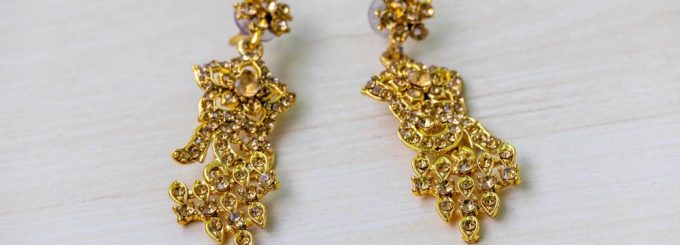How To Safely Sell And Buy Estate Jewelry: Tips And Tricks

Estate jewelry has a charm that new pieces just can’t match. From Art Deco brooches to vintage silver rings, these treasures carry stories, and sometimes, serious value. But navigating the estate jewelry market can feel like stepping into a maze. If you’re looking to sell or buy with confidence, it helps to know what to watch for and how to avoid common missteps.
Understand What Makes It “Estate Jewelry”
Estate jewelry simply means it was previously owned. It could be 100 years old or just a few. Age, condition, materials, and craftsmanship all influence its value. Some estate pieces are considered antique (100+ years), others vintage (20–99 years), and some are just gently worn modern styles.
The style period can affect resale value, with designs from the Victorian, Edwardian, and Art Deco eras typically commanding higher prices. Before making a purchase (or accepting an offer) it’s worth learning about the piece’s background. A little historical knowledge can go a long way.
Work with a Reputable Buyer or Seller
Finding a trustworthy dealer is one of the smartest moves you can make. Estate jewelry can be difficult to appraise without experience, and misrepresentation is not uncommon in this space. That’s why working with professionals who have a reputation for honesty and expertise matters.
Look for a business that specializes in estate or vintage pieces and offers transparency about pricing, appraisals, and sourcing. Ask how they authenticate items, what kind of evaluation process they use, and how they set their offers or pricing. If something feels off, it probably is, trust your gut and keep looking.
Documentation Adds Serious Value
When looking to buy estate jewelry, documentation helps you know what you’re getting. That includes appraisals, grading reports, and any history that comes with the piece. For high-value items, this paperwork can make or break a deal, especially when it comes time to resell.
Sellers should gather any available paperwork in advance. An old receipt, appraisal certificate, or even a family letter describing the jewelry’s origin can boost buyer confidence and justify higher pricing. It’s not just about the gold or diamonds, it’s about the story.
Condition Can Make or Break the Sale
Wear and tear is expected in estate jewelry, but condition still plays a major role in pricing. Missing stones, worn prongs, or weak clasps can drop a piece’s value quickly. That doesn’t mean flawed jewelry can’t sell; it just means it should be priced accordingly.
Buyers should look closely at craftsmanship and repairs. Sellers, on the other hand, may want to consider basic cleanings or minor repairs before listing or bringing pieces in for appraisal. A little polish might mean a better payday.
Negotiate with Knowledge, Not Emotion
Buying and selling jewelry involves sentimental feelings, but emotion can get in the way of smart decisions. Buyers should stick to their budget and resist the temptation to overpay for nostalgia. Sellers should recognize that even cherished heirlooms will be priced based on market demand and materials.
Having a realistic view of the piece’s worth helps both parties walk away satisfied. Research current prices for similar items, and don’t be afraid to ask questions or walk away if a deal doesn’t feel right.
Looking for a Trusted Estate Jewelry Dealer in Westchester County, NY?
At Coin Exchange in Westchester County, we’ve built a reputation on transparency, fair pricing, and expert knowledge in vintage and antique jewelry. Whether you’re buying or selling, you’ll get the attention (and respect) your piece deserves. Get in touch to learn more.


